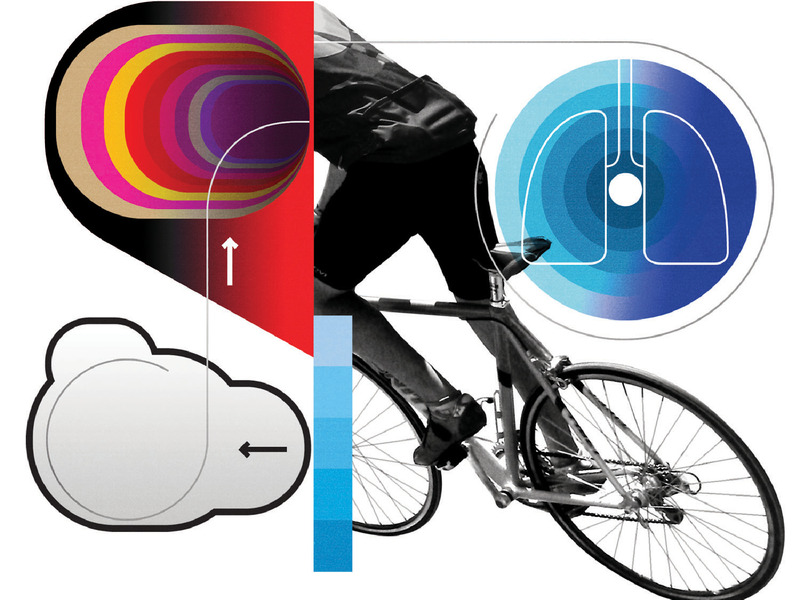The Local newsletter is your free, daily guide to life in Colorado. For locals, by locals.
Until two years ago, Craig “Richie” Cunningham was one of the top professional triathletes in the world: He regularly reached the podium in half-Ironman and Ironman competitions, twice taking third in the Ironman 70.3 World Championships. Then the 43-year-old Australian’s throat started to close up during races. As of mid-September this year, Cunningham had fallen out of the top 30 in international rankings. He was considering retirement—unless National Jewish Health pulmonologist Tod Olin could help him.
Olin is one of only a handful of physicians worldwide who effectively treat Cunningham’s problem: a condition called an exercise-induced laryngeal obstruction (EILO) that forces your airway to tighten at the point of peak exertion during a workout (aka that moment when you already want to give up). The defect surfaces mostly in teenagers but is also prevalent in elite athletes—a demographic Colorado frequently attracts and one Olin, as a former Division I swimmer, is intimately familiar with.
250: The number of patients Dr. Tod Olin treats with his breathing technique each year.
Often misdiagnosed as asthma, EILOs can’t be fixed by simply using an inhaler. Olin’s solution is the hybrid breathing technique, a method he invented himself. One variation of it involves sucking air through the teeth on the inhale and then popping open the mouth in an O shape, which stiffens the vocal cords and keeps the airway stable, on the exhale. The technique’s usually not difficult to master, but patients are asked to practice it while pedaling on a stationary bike with high resistance, wearing a mask that resembles a Mad Max muzzle. A camera is threaded up their noses on the end of what looks like a flexible straw. A TV screen in front of them shows the camera’s bird’s-eye view down their throats so they can see what it looks like when they’re performing the technique correctly.
The bizarre process can be frustrating for athletes, who have often become so defeated by their EILOs that they’re convinced nothing can cure them. “If people are expecting to struggle, they’re going to struggle,” Olin says. And at first, Cunningham does. Gradually, though, he begins to trust Olin, who knows how to play the parts of the coach and the pseudo-psychologist that athletes need to succeed. By the end of his visit, Cunningham has grasped the new method and, more important, regained his confidence.
Olin hopes his research will be as convincing to fellow scientists at the American Speech-Language-Hearing Association conference this month. (The first of several articles on the hybrid breathing technique was published in July.) For now, though, he’s content when his patients can—literally and figuratively—breathe easier.









